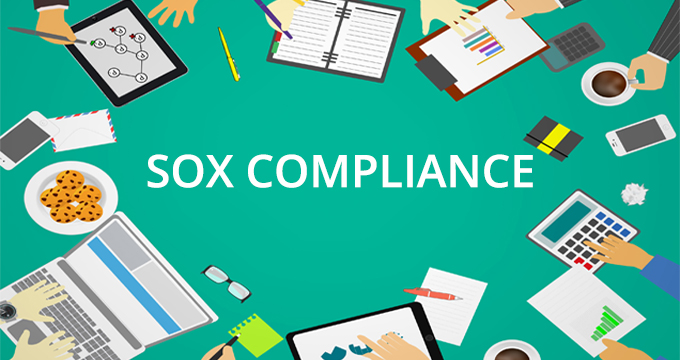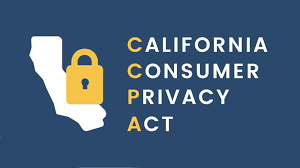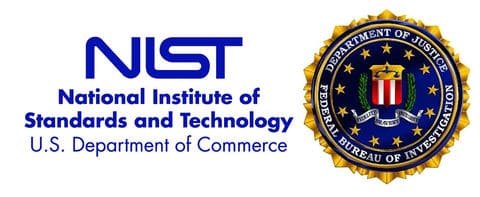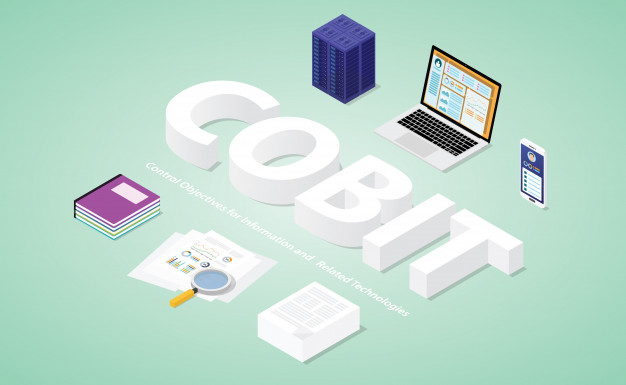Payment card data security standard
The PCI Data Security Standards ensures the safety and protection of card holder data. PCIDSS mainly provides operational and technical requirements for organizations accepting or processing payment transactions, and for software developers and manufacturers of applications and devices used in those transactions.
Maintaining payment security is very critical. PCIDSS ensures every one part of payment processing ecosystem is responsible for the security of cardholder data and diligently follows and complies to the PCI Data Security Standards
We will help you achieve the following compliance and security based on your focus on the Payment card industry.
1. Manufacturers – PCIPTS – Pin Entry Devices
2. Software Developers – PCI PA-DSS – Payment Applications
3. Merchant and Service Providers – PCIDSS – Secure Environments


System and Organization Controls (SOC) for Service. We ensure you are ready for SOC compliance and able to get the customers confident in the internal functioning of your organization. SOC1 compliance will be mainly for organizations providing financial services. SOC 2 audits you achieve and maintain compliance to protect your organization, clients, employees, and stakeholders.
SOC 2 compliance is key for regulatory oversight, as well as internal risk management processes and corporate governance. It provides clients assurance about the security of data that is outside of their facilities and to which their service organizations have access. This helps clients understand how controls are designed and operating effectively. Any organization that needs detailed information and assurance about the controls at a service organization may request a SOC 2 audit, companies such as data hosting, colocation, data processing, cloud storage, or IaaS, PaaS, and Software-as-a-Service (SaaS).
Sarbanes-Oxley compliance is required for publicly traded companies. This covers mainly Section302 and 404 to give assurance to regulators. SOX compliance” refers to the annual audit in which a public company is obligated to provide proof of accurate, data-secured financial reporting. As part of this compliance, the entity ensures all of its internal controls are working as expected.


Lorem ipsum dolor sit amet, consectetur adipiscing elit, sed do eiusmod tempor incididunt ut labore et dolore magna aliqua. Ut enim ad minim veniam, quis nostrud exercitation ullamco laboris nisi ut aliquip ex ea commodo consequat. Duis aute irure dolor in reprehenderit in voluptate velit esse cillum dolore eu fugiat nulla pariatur.
The California Consumer Privacy Act (CCPA) is a law that allows any California consumer to demand to see all the information a company has saved on them, as well as a full list of all the third parties that data is shared with. We can help you identify critical information and complete the flow of data and ensure we deploy minimum security controls to ensure we meet the security of the consumer data.
ISO 31000 This Risk Management Framework.
Implementing ISO 31000 risk management framework comes with benefits like
Clearly defined risk management goals and achieving them some of the key objectives of implementing this program is:


Healthcare Insurance Portability and Accountability Act and Hitech Health Information Technology for Economic and Clinical Health Act
Ensure health care and patient data is secured within various systems and processes. Based on our vast experience in security we can collaborate and help you manage security of patience data and be compliant to HIPAA and HITECH
The National Institute of Standards and Technology is a non-regulatory government agency that develops technology, metrics, and standards to drive innovation and economic competitiveness at U.S.-based organizations in the science and technology industry. As part of this effort, NIST produces standards and guidelines to help federal agencies meet the requirements of the Federal Information Security Management Act (FISMA). NIST also assists those agencies in protecting their information and information systems through cost-effective programs.
NIST guidelines and recommendations will help federal agencies ensure compliance with other regulations, such as HIPAA, FISMA, or SOX.
Many security solutions and services offer continuous, automated monitoring of the NIST 800-series to help various government agencies through the process of identifying and prioritizing their cyber assets, identifying risk thresholds, determining optimal monitoring frequency, and reporting to authorized officials.
Some of the most common
NIST SP 800-series guidelines that agencies seek help in complying with include:


Control Objectives for Information Technologies (COBIT)
COBIT 5 is based on five principles that are essential for the effective management and governance of enterprise IT:
These five principles enable an organization to build a holistic framework for the governance and management of IT that is built on seven ‘enablers’:
Together, the principles and enablers allow an organization to align its IT investments with its objectives to realize the value of those investments.
Cloud Security Alliance -CSA Star is mainly for cloud vendors hosting their IaaS, PaaS, and SaaS Services. CSA Star has 3 variations of their compliance:
Level One – Self Assessment covers both security and privacy assessment.
choose to complete one or both security and privacy self-assessments.
Level Two: Third-Party Certification – Organizations can pursue one or both based on their geography other legal and regulatory requirements.
Level 3: Continuous Monitoring – Mature state of monitoring and automated way of ensuring controls are being monitored.
Our team will help you achieve this certification and help you maintain security posture on a continuous basis to keep this certification current and update.


New operating system or application is installed, it comes with default settings. Usually, all ports are open, and all application services are turned on. In other words, freshly installed assets are highly insecure.
CIS benchmarks are a set of configuration standards and best practices designed to help organizations ‘harden’ the security of their digital assets. Right now, over 100 benchmarks are available for assets in 14 technology groups, including Microsoft, Cisco, AWS, and IBM.
Three things separate CIS benchmarks from other security standards: